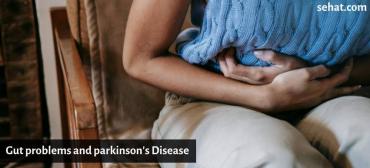Other Arrangements: Rings and Inversions
What is an inversion?
There are other ways in which the structure of a chromosome can be altered. One example is called an "inversion." The term "inversion" is used when a chromosome breaks in two places, and the piece in-between turns upside down, and reattaches:
| |
| Click Image to Enlarge |
Some inversions are so common in the population that no additional testing is needed. If a rare or less common inversion is found in a child, the parents' chromosomes are studied to determine whether the inversion was inherited or not. If one parent has the inversion, then the physician knows that the baby inherited the inversion from that parent. Since the parent is usually normal and healthy, this proves that the inversion did not cause any harm to the genes when the chromosome broke and turned upside down. (The parents' other relatives may also have inherited the inversion and should have the option of having their chromosomes studied). However, if the inversion is not present in one of the parents, there is a chance that some of the genetic material may have been lost or altered in the rearrangement. This could cause problems in the baby's development, including birth defects.
What is a ring chromosome?
Another example of a rearrangement is something called a "ring" chromosome. The term "ring" chromosome is used to describe a chromosome that has broken the ends off, and attached to form a circle or "ring:"
| |
| Click Image to Enlarge |
Because the ends break off, genetic information is lost. Rings can also form without the ends breaking off, and the p arm and the q arm just "stick" together, without any apparent loss of genetic material. Sometimes, the rings (regardless of how they are formed) cause problems in the baby's development. This is because the ring interferes with cell division and can cause genes to not work properly because they are rearranged.
Ring chromosomes do not always cause health problems or delays in development. It depends on the size of the ring, how much genetic material was lost, and which chromosomes are involved. If a ring chromosome is found in a child, the parents' chromosomes are studied to determine whether the ring was inherited or not. If one parent has the ring chromosome, then the physician knows that the baby inherited the ring from that parent. If the parent is normal and healthy, it is thought that the ring did not cause any harm to the genes when the ring chromosome formed. (The parents' other relatives may also have inherited the ring chromosome and should have the option of having their chromosomes studied). However, if the ring is not present in one of the parents, there is a chance that some of the genetic material may have been lost or altered in the rearrangement. This could cause problems in the baby's development, including birth defects.
Related Questions
Gycine levels are raised
- 3678 Days ago
- Genetics
Gynecologist in siliguri
- 3614 Days ago
- Genetics
Niemann Pick disease
- 3944 Days ago
- Genetics
Severe stomach pain
- 3844 Days ago
- Genetics





















